AgVoice |Why App is happening: Supriyo Gupta, CEO, Torque Communications
Let’s look at it simply. On last count, last year, 66 million people accessed Facebook via smartphones in India. They spent each day about 4 hours on the Net out of which 2 hours 50 minutes accessing the net on their mobile phones.
Out of this, 2hrs and 5 minutes were spent on social media. Suppose in some time in the future, Facebook had all of them accessing the site only through its App. And suppose Facebook was a ‘shopping’ site. Those 66 million – and growing – would be customers who have ‘locked’ themselves in. Even if the typical Facebook usage pattern continues and presuming about 10 per cent of the people accessed Facebook every day, about 6 million visitors would be ‘shopping’ at Facebook every day.
Since Facebook will continue to grow at the same pace as Smartphones in the near future, the 66 million should double by the time 2015 closes – give or take a few months. The numbers are mind boggling and that is exactly what all the push for Apps is all about – its literally a race to grab real estate on your smartphone screen because those who get in first and likely to stay well ahead of the rest.
Think of how likely you are going to be trying to find another social media site, creating your chain of people and transferring your energies to the next Facebook? I guess if you are on an App, that’s going to be more and more difficult. This means that the more Facebook Apps are downloaded, less the chance of it going the MySpace and Orkut way.
At the crux of the App surge is the basic understanding that almost all the online platforms- and particularly shopping platforms- are simply shops on a new highway, have no technological edge over their rivals and their future is critically dependent on how they are able to 'socialize' the engagement with their customers.
And what if your phone started checking out the temperature and telling you what to wear? Or, simply, tells you what shoes to wear on a monsoon morning which saw heavy overnight showers after synching with the weather app and the road status app and the journey app.
That is where Apps are heading.
You already use about a dozen Apps without thinking too much about it – the Facebook and Twitter App; possibly one of Cleartrip or Makemy trip; the health app that tells you if you got your day’s fix of exercise; the weather app; Restaurant App; two map-based apps that take you to your destination; the Booking App that books your tickets; the Cricket App that tells you score and so forth.
What shopping Apps are trying to do is get into the space where customers ‘naturally’ access the App. For example, if you get milk delivered to your home every day, and the service provider gives you an App where you simply tell him the evening before – or that matter any time of the day – how many litres of milk you need by simply pressing a few buttons. You have bought into a convenience. The service provider has bought into a lifetime customer because exiting the App and looking for alternative service providers is a chore that you are unlikely to spend too much time on. And suppose the milk provider starts providing you basic groceries – say soaps and shampoos, dal and sugar, rice. How likely are you to go back to the real world for your basics again?
enFinally, another way of looking at it is to take the time machine back to early 1990s, think Gurgaon. An empty desolate space with some areas marked DLF and an old Gurgaon city sitting on the right side of the Delhi-Jaipur highway. Two entrepreneurs take a look. One decides he is going to stay close to the old Gurgaon cluster on the right side of the Delhi-Gurgaon highway and in the vicinity of the Maruti factory with its ring of ancillary industries and. He plans his mall as close as he can get to Gurgaon city and Railway station. The other entrepreneur decides he will park his mall somewhere close to the desolate road that runs from Delhi, past Qutab Minar, to a run-down hotel called Bristol. Fast forward it to 2015. The second entrepreneur’s mall is sitting bang in the middle of M.G. Road, the most happening street of Gurgaon. The first entrepreneur is a bit of an island between old and new Gurgaon.
That’s somewhat like the billion dollar risk that is being taken to create huge online malls for Apps. Some of them will fall between the Old Net and the New net. Many hedging their bets continue to believe that people will still use a computer for accessing the Net. The Only App guys believe the computer will become a workforce tool and, just like in India, 90 per cent of the people on the Net will be only accessing the Net on their mobile phones. That bit has already started happening 70% of internet page views in India originate from mobiles devices, while 87% of all Facebook users access the platform through mobile.
Last, a few words on communication. Essentially, all of these are stacked up on the premise of how people communicate and will communicate, socialize and purchase. This is where experiential communication will bring the two worlds closer together.



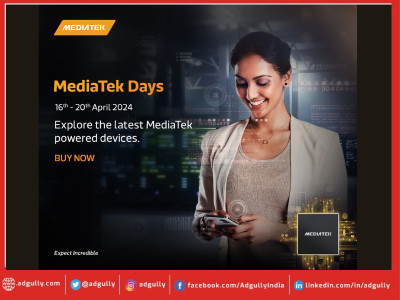
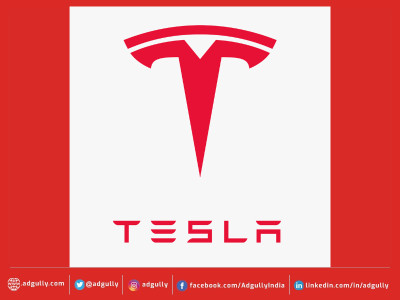

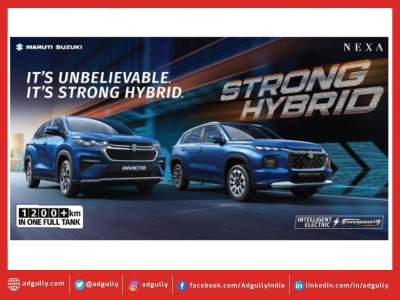
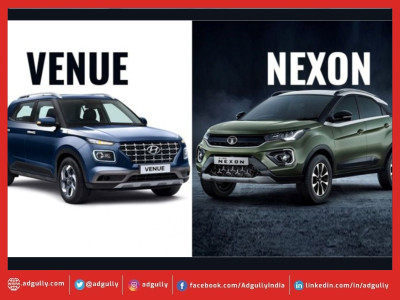


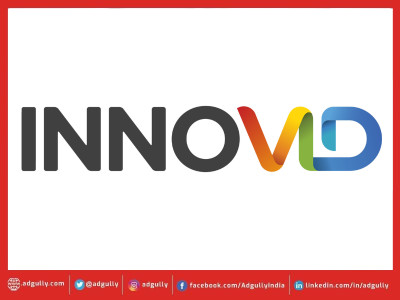
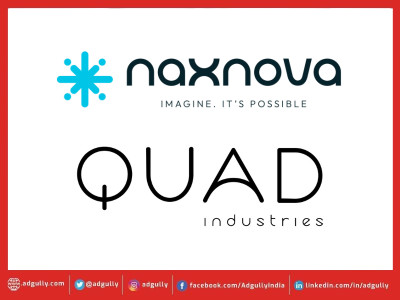

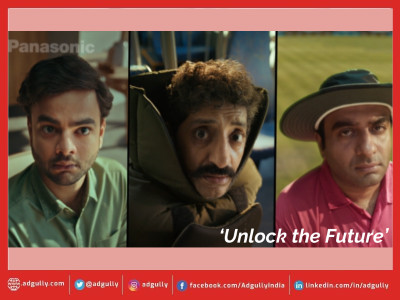


Share
Facebook
YouTube
Tweet
Twitter
LinkedIn